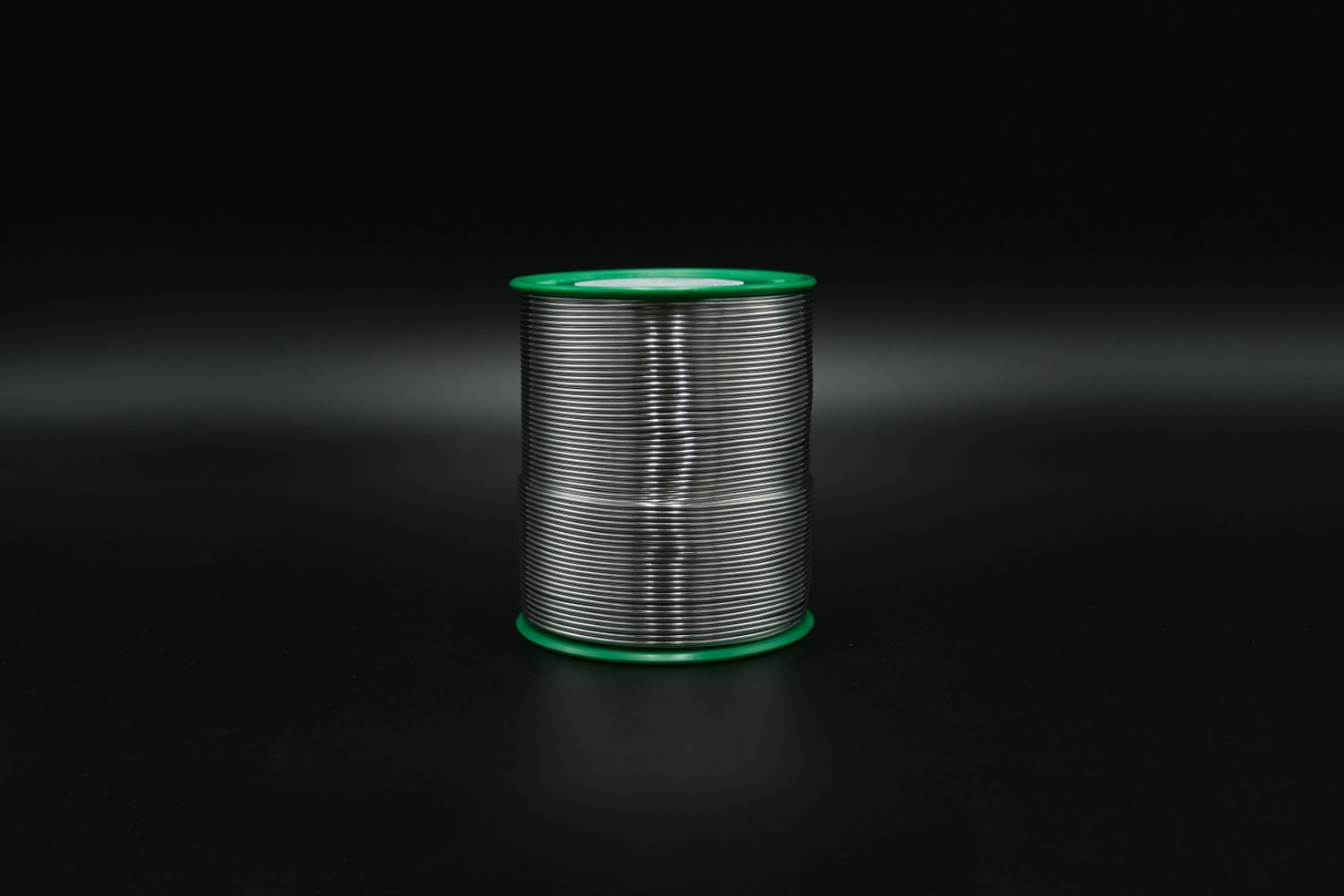Professional Electronics Solutions
Electronic Soldering
Professional Electronic Soldering with SAC305 Lead-Free Alloys and Advanced SMD Techniques
Electronic soldering solutions with SAC305 alloys and lead-free alloys for SMD and PCB. Ideal for no-clean flux-cored wires and SMD pastes. Compliant with RoHS standards and quality certifications.
Why Electronic Soldering Requires Expertise?
Four critical aspects to consider
Extreme Precision
Miniaturized components require high-precision soldering techniques and thermal control
RoHS Compliance
Obligation to use lead-free alloys compliant with European and international regulations
Critical Reliability
Joints must withstand thermal cycles, vibrations and mechanical stress for years
Advanced Technologies
SMD, BGA, QFN require specific thermal profiles and optimized materials




Technical Specifications for Electronic Soldering
Optimal parameters for professional results
| Parameter | SMD | THT | Notes |
|---|---|---|---|
| Iron Temperature | 280-320°C | 350-380°C | Depends on alloy used |
| Recommended Alloy | SAC 305 | SAC 305 / Sn-Cu | Lead-free RoHS compliant |
| Wire Diameter | 0.5-0.8mm | 0.8-1.2mm | Based on pad size |
| Flux Type | No-Clean | No-Clean / RMA | To reduce post-solder cleaning |
Electronic Soldering Applications
Sectors and components where to excel

Consumer Electronics
Smartphones, tablets, TVs, smart appliances

Automotive Electronics
ECUs, sensors, infotainment systems

Medical Devices
Diagnostic equipment, implantable devices

Industry 4.0
IoT, industrial sensors, automation
SMD vs THT: Which Technique to Choose?
Comparison between the two main electronic soldering techniques
| Aspect | SMD (Surface Mount) | THT (Through Hole) |
|---|---|---|
| Component Density | Very high | Medium-low |
| Production Speed | Very fast (automated) | Slower (often manual) |
| Mechanical Strength | Good | Excellent |
| Repairability | Difficult | Easy |
| Equipment Cost | High (pick&place) | Low |
Frequently Asked Questions about Electronic Soldering
Expert answers to the most common questions
Technical Consultation for Electronic Soldering
Discover our complete range of soldering products and quality certifications. Request a personalized quote for your needs.
Telefono
+39 02 6604 7053